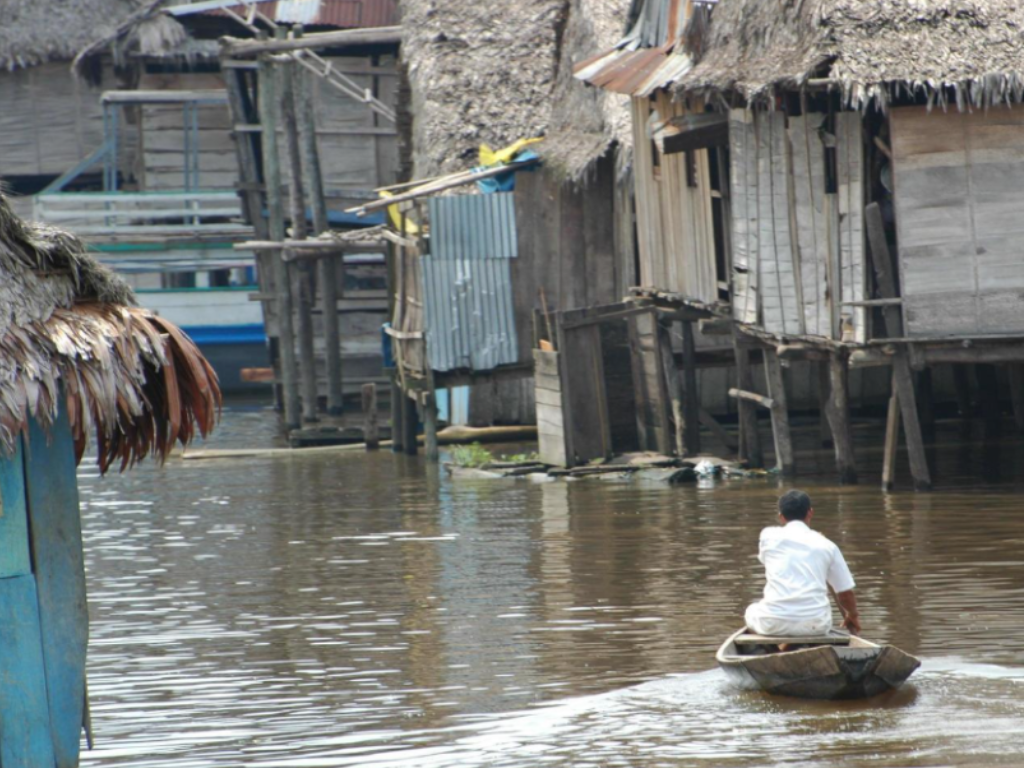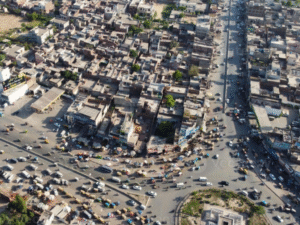The signs of Bengaluru’s changing climate are no longer subtle. Milder mornings have given way to harsh heat, cool breezes are rare, and urban discomfort has become unmistakable. But beyond rising temperatures and water scarcity lies a deeper question: who is being hit the hardest, and why?
I start most mornings with a walk to the coconut cart near KR Market. Just last week, the vendor waved me under his blue-plastic shade. “Too hot,” he said, pouring water over the coconuts to keep them from splitting. I glanced at my phone: 37.2 °C!! Bengaluru’s hottest April day in years (The Hindu, 2023). I could head back to an air-cooled room. He would stand there till sunset. In this minuscule difference lies a larger question: Why do some face the wrath of climate change more directly, and more vividly than others?.
Climate Disasters Don’t Hit Everyone the Same
Climate hazards touch every pin code, but they don’t weigh the same. Low-income wards already spend more to meet basic needs. During summer shortages, residents of Ejipura pay ₹15–20 per pot to private tanker vendors, while borewell-connected neighbourhoods often draw water freely (Citizen Matters).
Extreme heat compounds this gap. Fewer than one functional drinking-water kiosk exists for every 20,000 people in the core city (New Indian Express, 2025). Outdoor workers like push-cart vendors, construction labourers, gig-economy riders, work straight through the peak heat, with no shade and no legal heat-safety breaks.
Floods add to this compounding effect. In 2022, the same cloudburst that overwhelmed high-rise basements in parts of the city devastated households in informal settlements, with lasting economic and emotional impact. What begins as a climate event often deepens long-standing vulnerabilities.
When Solutions Miss the People Who Need Them Most
Bengaluru continues to make strides in climate-related infrastructure: metro corridors, EV incentives, and expanded mobility projects. These are critical efforts. But to truly matter, they must connect to the people who rely most on public systems. For example, while metro corridors offer long-term promise, more than 45 percent of Bengalureans still depend on BMTC buses that face their own operational and accessibility challenges. Similarly, tree-planting drives reflect a growing environmental consciousness, but their long-term value depends on where trees are planted, how they’re cared for, and if they survive.. Enhancing climate resilience is not only about scaling solutions, it’s about bridging them to communities who live with the problem first.
When vulnerable voices do surface, they sharpen the diagnosis. Jan Sahas’ “Voice of the Voiceless” forum brought representatives from informal settlements onto the dais, face‑to‑face with BBMP officials and city residents; to spell out how tanker prices, heat‑stroke cases, and flooded lanes upend daily life. In Shanti Nagar and neighbouring Sudamanagar, a “Women’s Jury” convened by Mahila Housing Trust and Socratus let local resident women map their struggles and then bucket solutions into circles of control, influence, and concern; practical wisdom no consultant’s slide ever captures.
Equity Is Not a Bonus—It’s the Blueprint
This intent isn’t to critique what exists, but to listen deeper to what remains unheard. Policy progress is real, but so is the gap between intent and experience. As a U-CAN Fellow, I’ve learned that climate action starts with attention. Until we ask where the burden lies, our best plans may still miss their mark.
Equity isn’t an afterthought. It’s the starting point for any city that hopes to become truly resilient.


